What is it?

Bajaj is a manufacturer of extremes. While on one hand it has a technologically advanced halo bike like the Dominar 400, the other end has rudimentary bikes like the CT100 which haven’t received any major update for quite some time. It is the latter kind of product which has turned out to be more popular among the masses, which has kept the ball rolling for Bajaj. The iconic Pulsar 150 is one of these.
The Pulsar 150 is the highest-selling 150cc motorcycle in the country. Despite being long in the tooth, the company sells around 35,000 Pulsar 150s every month. Being a staunch believer in the “if it ain’t broke, don’t fix it” philosophy, Bajaj hasn’t introduced any major update for the bike for a long time now. So when the time came for Bajaj to update the range to meet BS IV norms, the company decided to go a step further and give the Pulsar 150 something more than a facelift. Now, apart from adhering to the new emission norms, the Pulsar 150 also gets a change in character.

How different is it?

On the surface, there is hardly anything different in the new Pulsar 150. Along with the automatic headlamp on (AHO) feature, it gets a few cosmetic changes like new paint schemes, revised decals and a matte grey finish for the engine. Dig deeper though, and you will be surprised.
The air-cooled single-cylinder engine still displaces 149.5cc, though the bore has been reduced by 2mm and the stroke increased by 4mm. This has made the engine torquier by 1Nm with the peak torque flowing in 500rpm sooner than before. However, the power output has dropped by 1bhp. The Pulsar 150 also gets a new five-map CDI, an EVAP system to recirculate vapour into the system, a bigger catalytic converter for the exhaust and a secondary air injection system, all of which help lower emissions.

How does it ride?

The change in bore and stroke of the engine was aimed at improving usability in traffic, and you can notice the difference right away. The new engine produces 14bhp and 13.4Nm of torque. While the previous Pulsar 150 had just enough low-end torque to keep the motorcycle rolling, the new bike packs a punch at as low as 3,000rpm. This should make the Pulsar 150 a hoot to filter through city traffic.

Though the usability in the city has improved, the Pulsar 150 has taken a hit in the top-end performance. Whereas the previous bike had enough grunt to keep things interesting at higher revs, the new Pulsar 150 starts to run out of breath as soon as the tachometer needle crosses 7,000rpm. So overall, it is a mixed bag, I enjoyed the additional grunt in the bottom-end, though missed the top-end performance of the older bike.

While I have always had a grudge with Bajaj gearboxes, the one on the Pulsar 150 feels slick and precise, and the light clutch further improves the experience. The ride is plush and the seat firm yet comfortable. Braking has always been one of the strong points of the Pulsar 150, the front 240mm disc has good bite and progression. When it comes to refinement, Bajaj claims that the engine in the new Pulsar 150 incorporates learnings from newer generation models. While there have been slight improvements, the Pulsar 150 still feels quite rough around the edges. The bike still has its share of vibrations through the tank, footpegs and to some extent, the handlebar. Yes, it is quieter at low revs but the exhaust note isn’t exactly music to the ears.
Where does it fit in?

While the Bajaj Pulsar 150 is already the top-selling 150cc bike in India, we can expect the new graphics and improved rideability to further boost its sales numbers. At Rs 74,603 (ex-showroom, Delhi), the Bajaj Pulsar 150 is marginally more expensive than the outgoing model. It competes with other premium commuters like the Honda CB Unicorn 150, TVS Apache RTR 160 and the Hero Hunk.

Photography by Kapil Angane
Gallery
1/25
Bajaj Pulsar 150 DTS-i Side
Double Tap to Zoom
























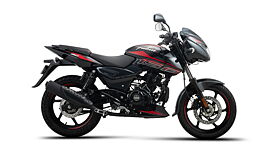
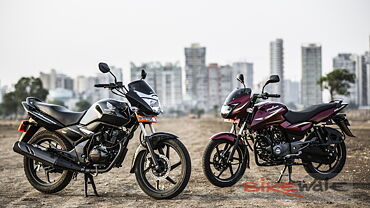
















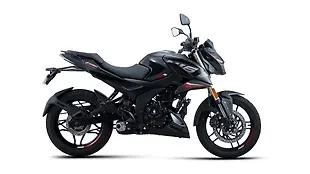
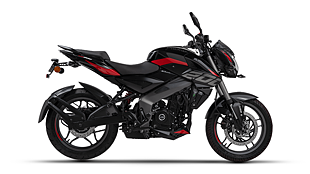
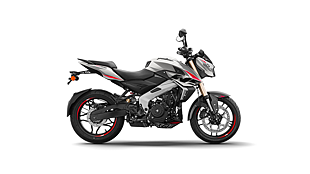





![KTM 390 Adventure X [2025] KTM 390 Adventure X [2025]](https://imgd.aeplcdn.com/272x153/n/cw/ec/190885/390-adventure-x-2025-right-side-view.jpeg?isig=0&q=80)